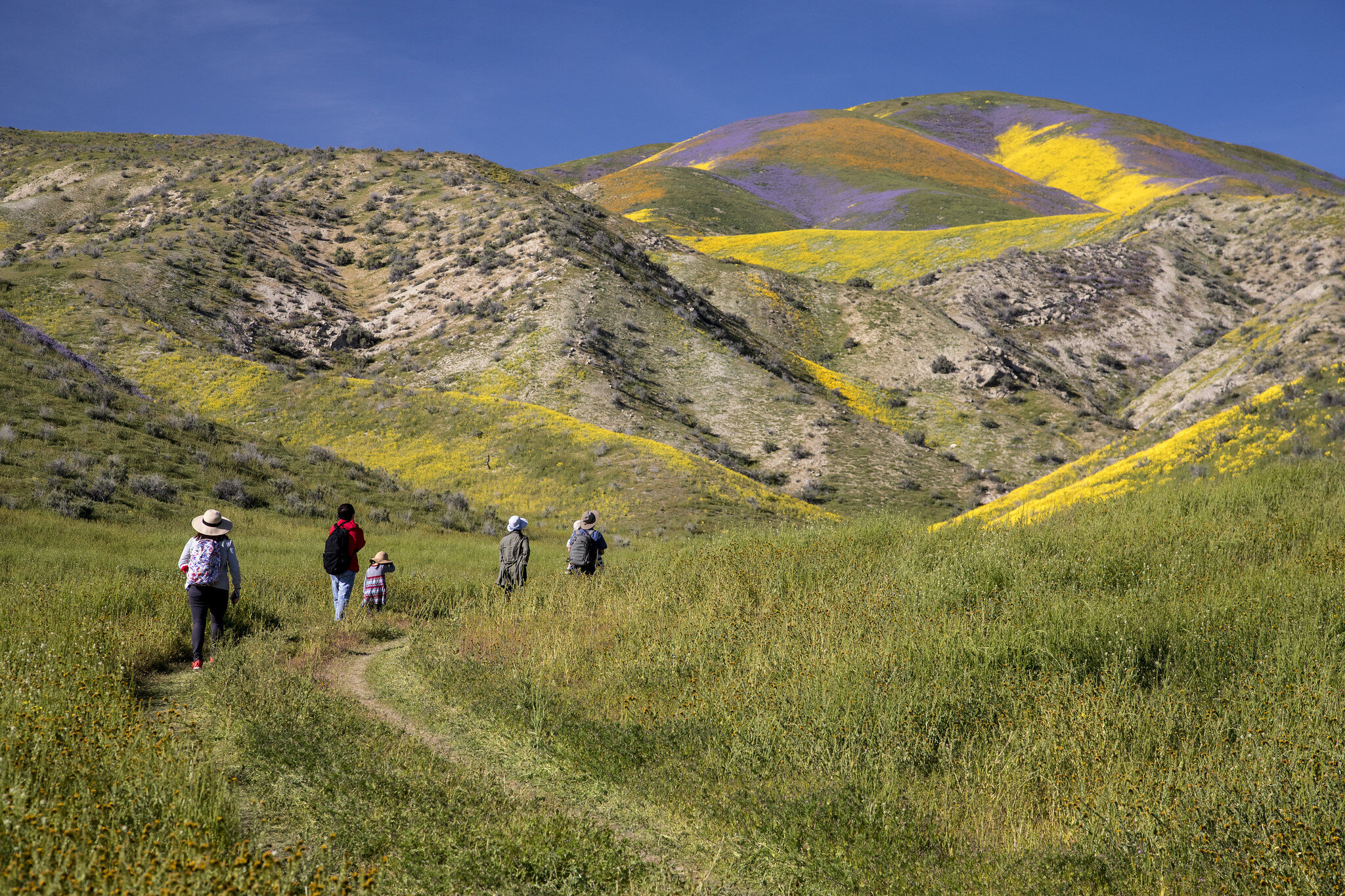What We’re Up to In California
The Carrizo Plains in the Central Coast of California are included in the protections recently passed by the House. Photo credit: Bob Wick.
In the final days leading up to the House vote on the Protecting America’s Wilderness Act, the Outdoor Alliance team in California was firing on all cylinders, calling congressional staffers from Shasta to San Diego and connecting with members, partners, and stakeholders. The House of Representatives passed the Act by a vote of 225 to 182.
“I’m just really proud of the work of the team here in California,” says Katie Hawkins, California Organizer for Outdoor Alliance. The day after the vote, I found Hawkins in a conference room in Truckee, where she lives, for a window of time between phone calls and a lunch meeting. California Policy Director David Page called in from a chairlift on Mammoth Mountain; he was trying to fit in a ski break between calls to watch his son’s ski race.
“We’ve really done the hard work as an alliance to make sure that climbing areas, mountain bike trails, paddling opportunities, and other recreation access are enhanced by the designations proposed in these bills rather than adversely impacted,” Page says.”
Hawkins and Page are part of the California team at Outdoor Alliance, along with regional representatives for Access Fund, American Whitewater, and Surfrider. Our regional networks build momentum for conservation among human-powered recreationists in California by connecting constituents with the right tools to advocate for public lands and amplifying a voice for climate resilience, equitable access, and diversity.
To make it happen, Hawkins and Page are constantly on the move, traveling up and down the state, meeting with constituents, partners in the outdoor industry, as well as state, local, and federal lawmakers. They’ve attended town hall meetings, written letters to decision-makers, advocated for recreation and conservation in forest planning, hosted outreach events in the Bay Area and the state capital.
Last August, some 120 people from all over the state gathered on the front lawn outside the state capitol in Sacramento for an event Outdoor Alliance co-hosted with the Outdoor Industry Association and the California Outdoor Recreation Partnership (CORP). At the same time, Hawkins, Page, and the rest of the OA California Policy Shop were building support, ground-truthing, and writing extensive comments on draft forest plans for the Sierra and Sequoia National Forests in the southern Sierra Nevada—a once-in-a-generation opportunity to affect how those beloved landscapes are managed for decades to come.
Looking ahead, Hawkins and the California team have no shortage of projects in the works and momentum to build. Next, they’re heading down to Los Angeles to visit the San Gabriels, meet with congressional staffers, mountain bikers, and other local constituents, and double-down on the land bills so they’re as good as they can be as they move into the Senate and so they have full support from the human-powered recreation community.
Why California Public Lands Matter
From climbing El Capitan in Yosemite to surfing peaky waves in San Clemente, from backcountry skiing in the untrammeled Wilderness along the Sierra Crest to pedaling hundreds of miles of mountain bike trails in Santa Cruz or the Sierra Buttes, California offers a treasure trove of opportunities for outdoor recreation—including some that are still somewhat under the radar. Our job is to protect the places that make these opportunities possible for all Americans. Here’s a snapshot of California’s public lands and why they matter so much to the rest of the country:
California has 20 national forests, more than 30 national park units, and 300 state parks. Almost 50 percent of the state is federal public land. Visitation numbers to these places— especially the better-known destinations—are skyrocketing.
In California, outdoor recreation generates 691,000 jobs and $92 billion in consumer spending annually. Those numbers are large, and they have potential to grow even bigger. Only 56 percent of California residents participate in outdoor recreation each year.
With almost 40 million people and more congressional representatives than any other state—53 in total—California pulls a lot of weight in D.C.
Offices of outdoor recreation have sprung up in 17 states. California isn’t on that list—yet. In the meantime, coordination between the state government and federal land management agencies is not always the best. That’s one of many reasons we’re on the ground in California. We want to help Californians advocate for land and ecosystem protection, for better coordination and better overall management for all public lands, state and federal.

